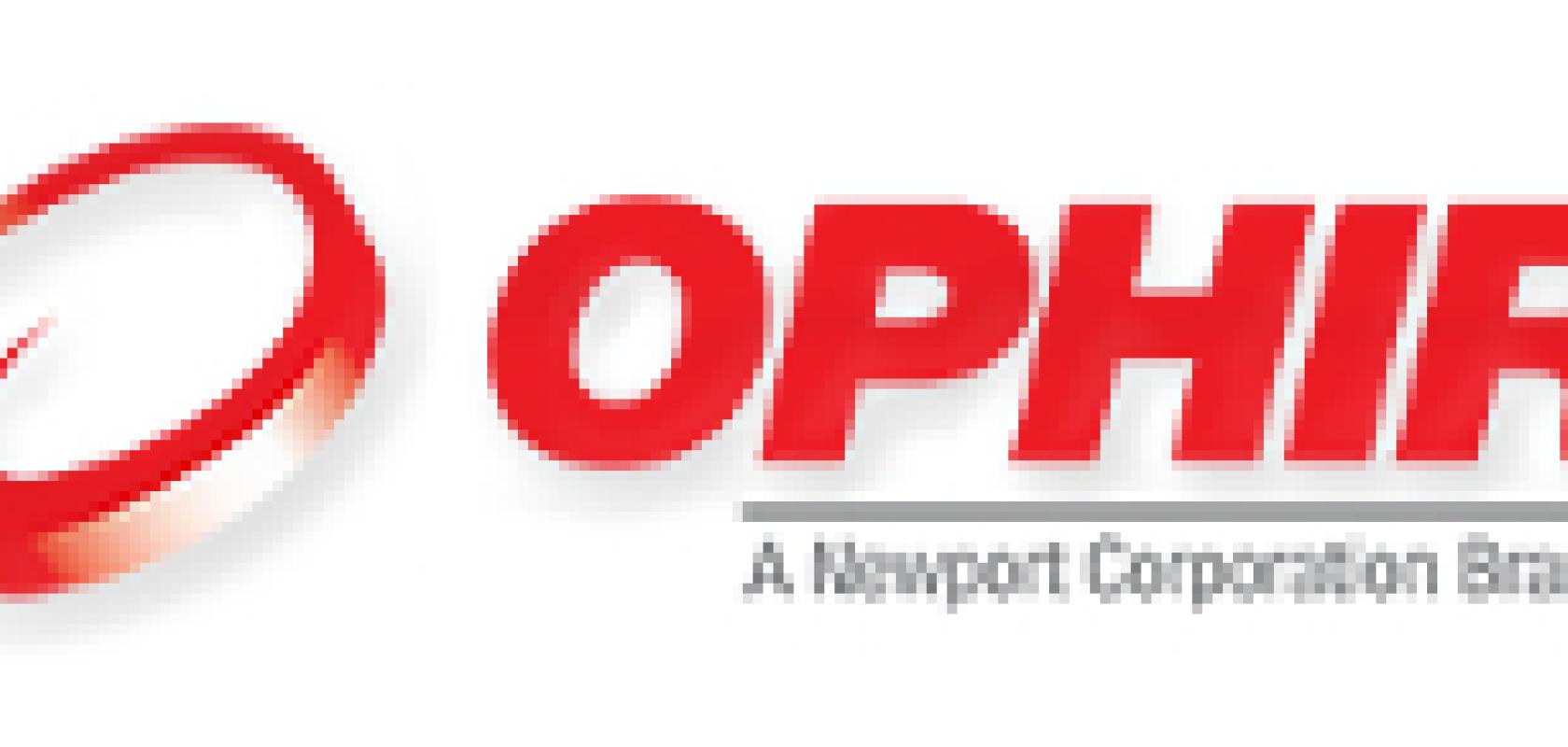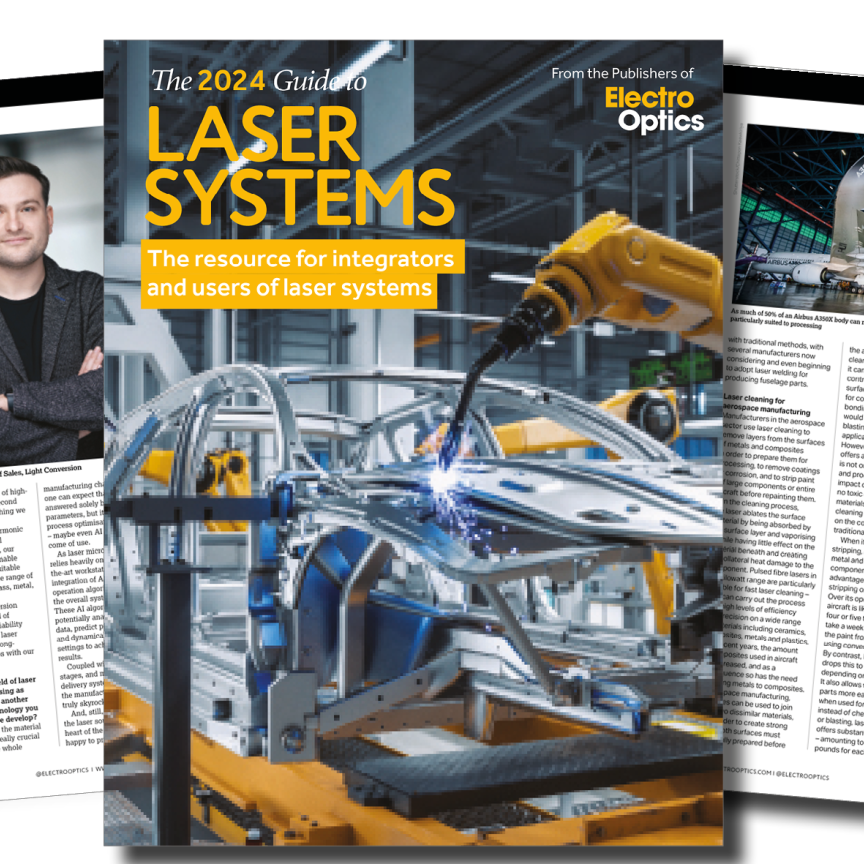How is laser Power/Energy measurement affected by incidence angle?

Examples include ambient temperature, incidence angle of the beam on the sensor, and others.
In this article we’ll examine to what degree incidence angle matters when you’re measuring laser beam power or energy. We will consider a number of common sensor types.
1. Photodiodes
Semiconductor response depends on absorption of the beam; absorbed light causes an electrical current to flow, the current being proportional to the power of the absorbed beam.
First of all, as a general rule, the transmission/reflection/absorption behavior of materials is affected by angle. As we approach grazing incidence angle, materials tend to become more reflective. Photodiodes are no exception; the absorption of light by the detector is, to a small degree, angle dependent.
Much more significant, though: Photodiodes are highly sensitive, and generally saturate at powers (on the order of several hundred uW) that are too low for the needs of many applications. Photodiode sensors for laser measurement applications typically have attenuating filters integrated onto the photodiodes to enable them to measure higher powers than they otherwise would, giving them a more useful dynamic range. At Ophir, we add a second, removable filter, to widen the dynamic range even further (see Figure 1). These filters are usually absorptive; since the optical path through them depends on angle of incidence, the absorption of light before it reaches the detector – and hence the detector response - will vary with angle of incidence, in a more-or-less cosine relationship. This is shown in Figure 2 below.

Figure 1: Arrangement of filters on Ophir photodiode sensor

Figure 2: Optical path dependence on incidence angle
I say “more or less” because other factors also come into play, such as loss due to reflection off the front surface - which changes with angle, as mentioned above.
Figure 3 shows a graph of this relationship for some of the sensors of the Ophir “PD300” family:

Figure 3: PD300 angle dependence
For example, consider the “PD300” sensor with the second filter in. If at normal incidence a reading of 10mW was obtained, the above graph shows that at 20 degrees incidence the reading will be 8.7mW – for the same beam.
(One implication of this is that great care must be taken if using a photodiode-based sensor to measure power of a diverging beam. A different sensor technology may provide a better solution.)
It can readily be seen that the effect is more pronounced when the second filter is in. Also note that the “PD300-BB” has no attenuating filter at all (it has a special coating that flattens out its spectral response); the angle effect there is purely due to increasing reflective loss as the incidence angle increases.
2. Thermal sensors
We’ll now consider Thermal sensors, used for measuring power and single-shot pulse energy. In thermal sensors, incident light is absorbed by an absorptive material and becomes heat; the resulting heat flow through the sensor is proportional to the power in the beam, and is measured by a suitable heat detector such as a thermopile.
We’ll look separately at two types of absorber: surface absorbers and volume absorbers.
a. Surface absorbers: These are opaque and absorb the light right at their front surface. Here we see how absorption by a typical thermal broadband surface absorber depends on angle:

Figure 4: Angle dependence of typical surface absorber
As you can see from this graph, the angle dependence is actually very small. At 20 degrees incidence, for example, the reading will be less than 1% lower than at normal incidence.
In the case of a diverging beam, in essence a solid cone of light, keep in mind that only a small fraction of the total power is actually coming in at the widest angle. In weighted simulations that we've done, we found that in most cases the overall effect on the reading will be significantly less than 1% - usually close to negligible.
b. Volume absorbers: A typical volume absorber is essentially a Neutral Density glass window; such an absorber is preferred for sensors measuring high energy density short pulses (typical in many Q-switched lasers for example), because for such pulses they give the sensor a higher damage threshold than would a surface absorber. This is because the absorption takes place over a distance as the beam moves through the material, rather than having the entire pulse absorbed – and the resulting heat concentrated – in a thin surface layer of material.
This is illustrated in Figure 5:

Figure 5: Surface vs. volume absorber
The angle affect in this case, though, is very different to the effect of the absorptive filter used in photodiode sensors. Here, the heat generated by the light’s absorption in the filter is in fact exactly what is being measured (as opposed to the situation with photodiodes, where light absorbed in the filter is NOT detected by the sensor), so optical path differences are irrelevant, though other factors (such as reflection) are still there.
A graph of the angle dependence of one of the volume absorbers used in some Ophir sensors (called the “PF” absorber, which is actually a coating rather than an absorptive glass) is shown below:

Figure 6: Angle dependence of typical volume absorber
As you can see in the graph above, it is almost entirely independent of incidence angle. Even at 40 degrees incidence, the response drops by less than half a percent.
3. Now let’s have a look at pyro-electric sensors.
These sensors are typically used to measure energy per pulse for repetitively pulsed beams. The laser pulse is absorbed by an absorptive material and becomes a heat pulse; the resulting acoustic pulse in a pyroelectric crystal (skipping over many details) finally becomes a measurable voltage signal proportional to the laser pulse energy.
There are several types of absorbers in common use: a thin metallic coating, and various black broadband types.
Very simply, all are quite nicely flat with changing angles. Here you can see graphs of response vs. angle of incidence for two different broadband absorbers used in Ophir sensors:


Figure 7: Angle dependence of 2 different pyroelectric broadband absorbers
Some pyro-electric sensors come with diffusers, either removable or fixed, to enable working at higher energy densities without damage. Behavior of diffusers with changing incidence angle is a bit complicated, and can be understood most easily by considering Figures 8a and 8b:

Figure 8a: Normal incidence on a diffuser

Figure 8b: Angled incidence on a diffuser – some light may miss the absorber
Geometry is the prime issue here, and angle dependence must be taken into account when using diffuser-based sensors.
The following graph shows the angle dependence of one type of diffuser-based sensor:

Figure 9: Angle dependence of a diffuser-based sensor
As you can see, the dependence in this case is significant. At 20 degrees incidence it drops by some 5%, and at 30 degrees incidence it drops by more than 10%.
4. There are special cases, of course, where completely different considerations come into play. These include, among others:
a. Integrating Sphere based sensors. These are specifically designed to capture widely divergent beams, and their readings are essentially independent of incidence angle up to the maximum specified acceptance angle for the given sphere.
b. Measurements using a Beam Splitter are another special case, since polarization can affect the fraction of the beam that gets reflected off the splitter.
In summary, the incidence angle of a laser beam on a sensor can significantly affect the measurements being performed. The mechanism and the degree of such effects depend on the sensor type and on the nature of the measurement; in applications where this is relevant, angle dependence should be taken into account, with the help of data provided by the sensor manufacturer.

